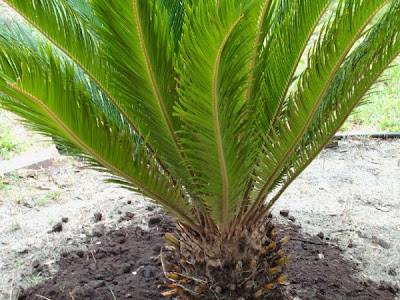 When one thinks of cactus and succulent plants, images of the desert Southwest --- no doubt --- spring to mind. However, the more I look around my Central Florida digs, the more I see these supposed desert dwellers thriving amid the heat and humidity.
When one thinks of cactus and succulent plants, images of the desert Southwest --- no doubt --- spring to mind. However, the more I look around my Central Florida digs, the more I see these supposed desert dwellers thriving amid the heat and humidity.Despite the prickly nature of the majority of these plants, I have come to warm up to not only their unique, detailed appearances, but also their durability in the landscape. Yes, you have to watch the razor-sharp barbs when gardening around certain specimens, but I gladly take the risk in exchange for the low- to almost-no-maintenance input I exert for such high return.
One of the most reliable things that grow in my yard is zebra aloe (a 2010 Florida Garden Select plant, btw). I have successfully dug up and transplanted several of these groundcovers without any casualties (besides a few scrapes on my arms and some snapped leaves). In addition to the expected heat and drought-tolerant nature of these plants, they also can take on the cold and have the ability to roll with the heavy downpours of our six-month-long rainy season, too.
Another reason to like cacti and succulents: They lend themselves to one’s creative side as the plants can be placed just about anywhere and displayed in numerous ways. From colorful combos in decorative planters to showing off striking contrast within a tropical-themed landscape to an attractive centerpiece in a living wall, the versatility is vast.
The City of Orlando obviously saw/sees the benefits of using cactus and succulents in the landscape on a larger scale. Every time I’m driving along the East-West Expressway (408) heading to and from downtown, it’s hard not to notice the large, sculpture-like agave standing out and mixing in with native grasses, bottlebrush, and the state’s signature sabal palms. All smart choices for highway medians as each require very little care from landscape crews and save on irrigation.

 By the way, I snapped these shots from
By the way, I snapped these shots from
the safety of the front passenger seat.
So, will these types of plants replace the familiar, post-card images of lush foliage and palm-lined landscapes the Sunshine State is known for and expected to have? It’s highly doubtful. But there’s nothing wrong with having the best of both worlds ... if you can. Let’s call it “subtropical succulence.” Now, I like the sound of that.



